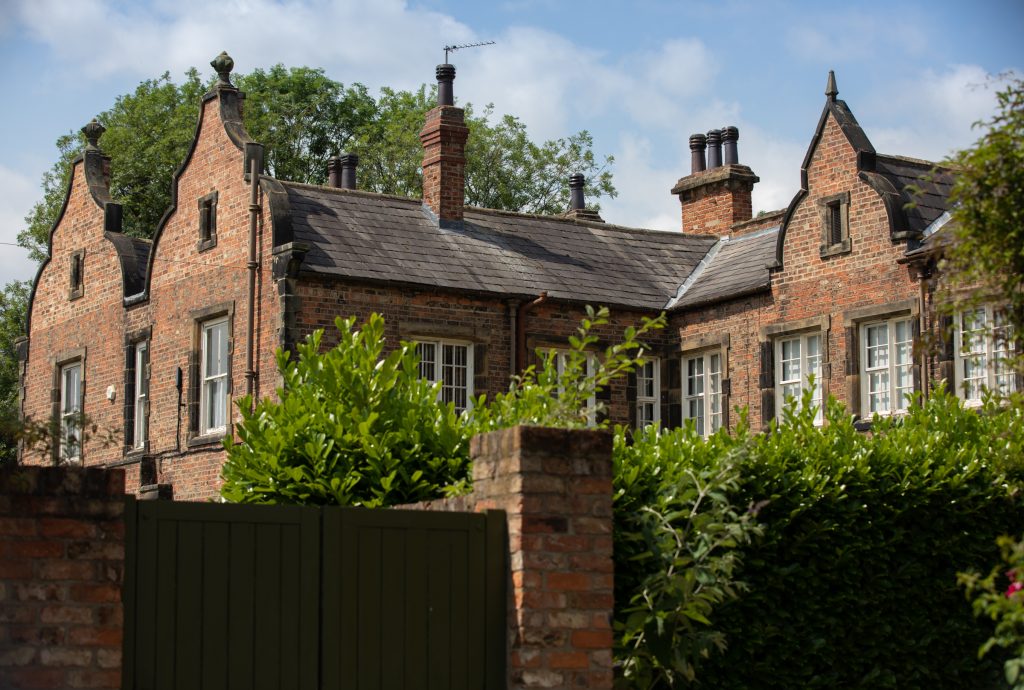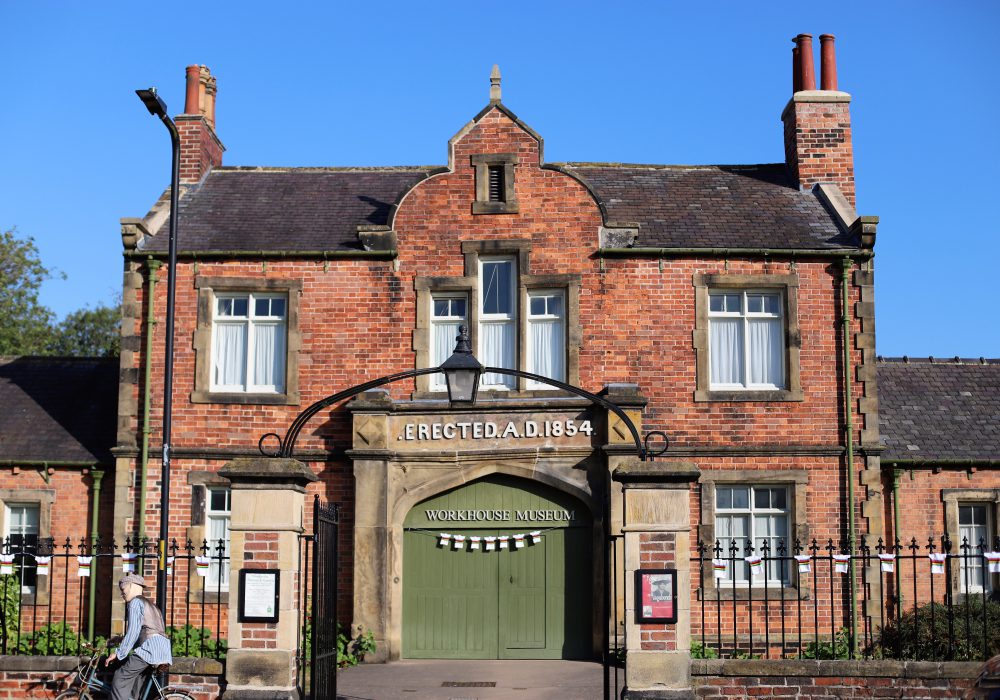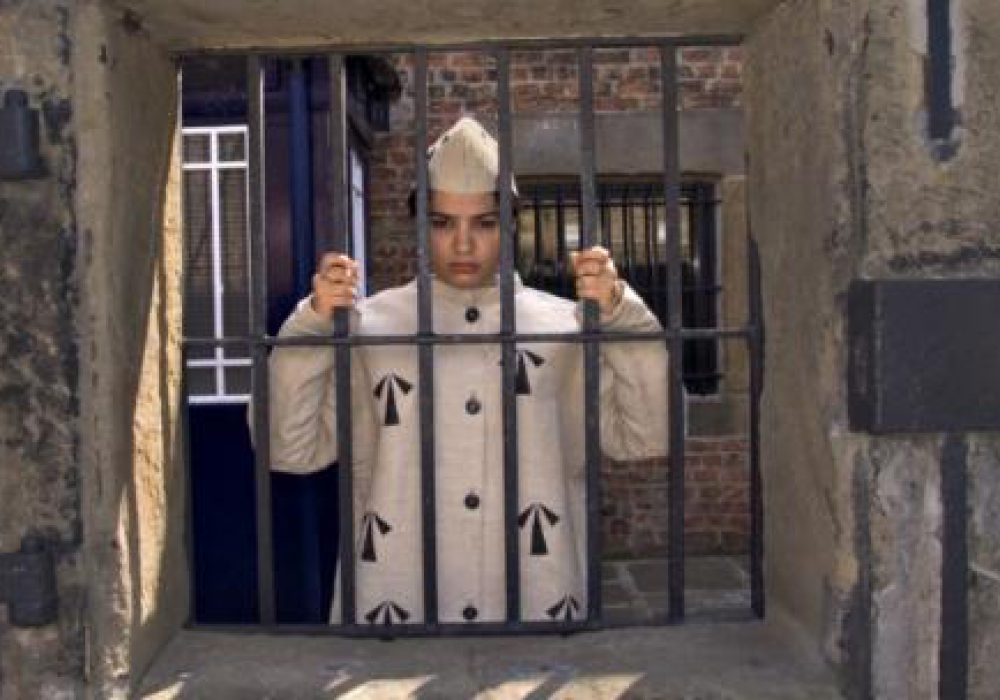Further and higher education visits
We are lucky to have three museums in our group, all important Victorian institutions in their original buildings: Workhouse, Prison & Police Station and Courthouse. They provide a powerful learning environment in which to examine social justice in the past and today.
Students studying a variety of subjects within higher education can benefit from visiting Ripon Museums. The institutions and collections can offer excellent research opportunities for History students studying social and political change in the 19th century. Whether this is to support a degree module, or for research into a dissertation, the museums can provide a unique opportunity to understand law, order and social welfare in a small Yorkshire town.
Students reading subjects such as law, criminology, social care and social work will all find a visit to the museums engaging and useful. The Courthouse originates from the Georgian period and offers insight into the legal system at that time, which was often unfair and corrupted by the wealth and influence of those who presided over cases. The Police & Prison Museum tells the story of the changing criminal justice system in the 1800s, both locally in Ripon and nationally. The different uses of the building over time – from House of Correction, to Prison and finally the Police Station – indicates the changing purpose of prisons and also the growing influence that professional policing had on controlling crime.
Lastly, the Workhouse Museum is a fascinating place to learn about Victorian societal values. Why were some poor deserving and other not? How were the homeless supported? How can the layout of the building and segregation of men, women and children teach us about the purpose of the workhouse?
We can offer structured guided tours and workshops, or a more independent research focused visit. Do get in touch, and we can tailor your visit to the appropriate area of interest.
“The Guardians role-play really helped to contextualise the work of the Board of Guardians, which students often struggle to comprehend.”
York College
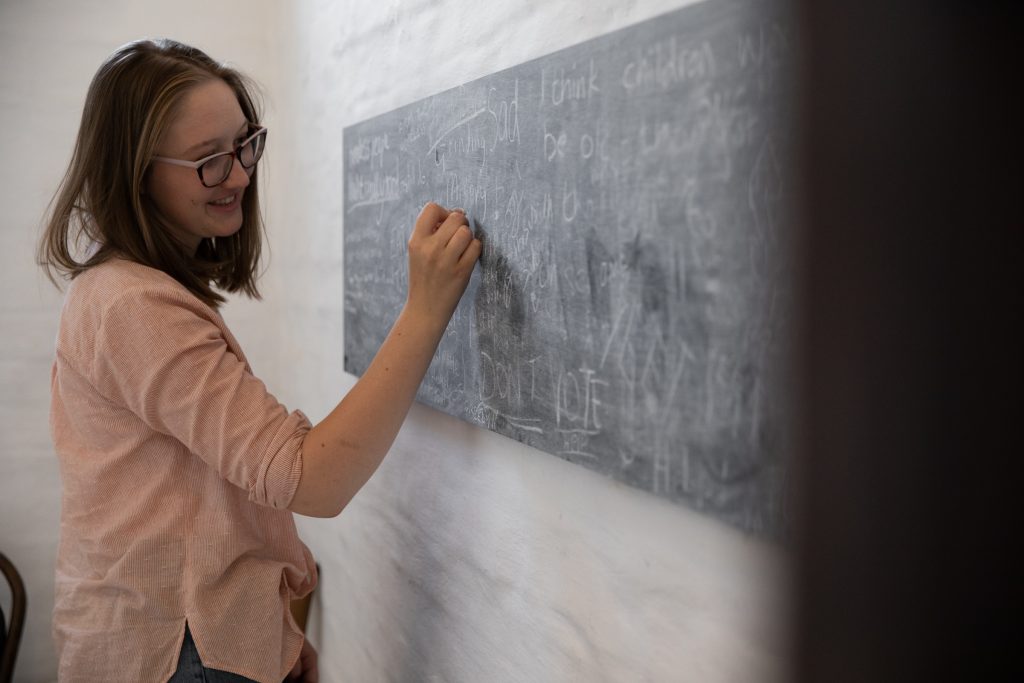
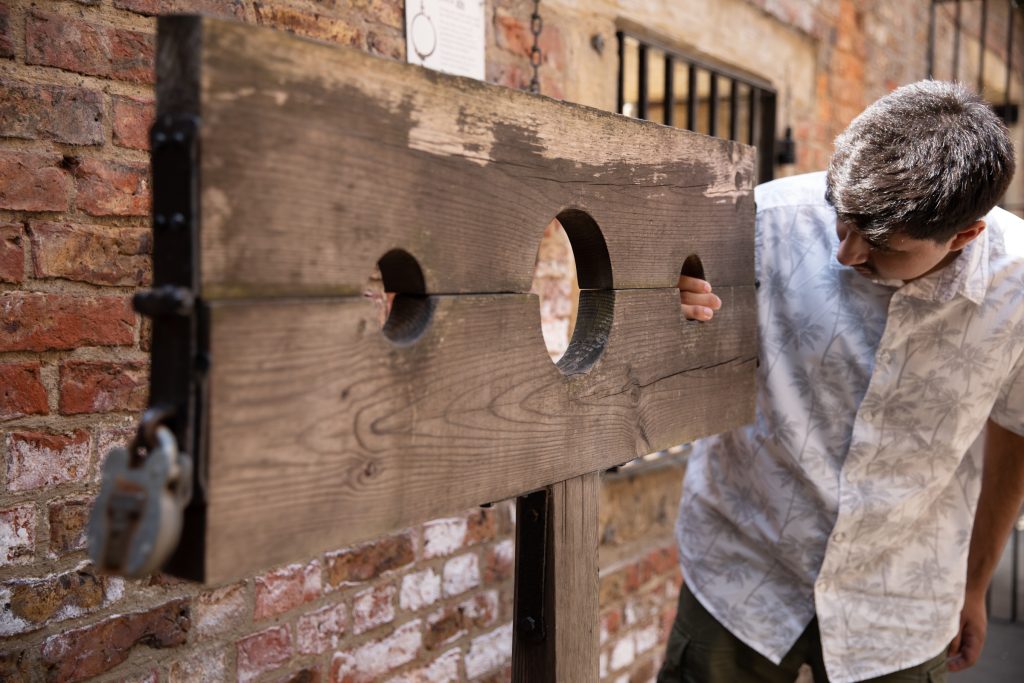
An outline of our higher education activities is available below:
This is a two-museum experience which takes place in our Courthouse and Prison & Police Museums:
Prison & Police Museum
Come for a morning or afternoon tour of our 200-year-old Prison & Police Museum. Built as an extension to the House of Correction, it housed vagrants, lewd women and those sentenced to hard labour before becoming a more conventional prison and finally a police station. The building itself and the interpretation covers changing attitudes to punishment and rehabilitation.
Courthouse Museum
Take part in an historic trial in our Georgian Courthouse with all its fittings: the original dock, witness boxes, magistrates’ bench and jury bench. Students can take part an historic trial as the defendant, clerk of court, magistrate, member of the jury, witness or court reporter. The trial is acted out with a script, costumes etc and then the group can discuss whether the trial was fair and decide on a verdict and punishment. Many of our volunteers taking tours and facilitating trials were magistrates, solicitors or clerks of court themselves.
This is a two or three-museum experience.
Workhouse Museum
Come for a tour of our Workhouse with Casuals Ward for an experience of social justice in Victorian times, which begs for parallels to be drawn to today. Examine the role of assessment in the Guardians’ Room, institutional versus person-centred care in our Receiving Ward, homelessness in our Vagrants Ward and the story of evolving welfare policy in our Day Room. Learn about the Medical Officer role, which tells part of the story of the evolution of the NHS.
Courthouse Museum
Take part in an historic trial in our Georgian Courthouse with all its fittings: the original dock, witness boxes, magistrates’ bench and jury bench. Students can take part an historic trial as the defendant, clerk of court, magistrate, member of the jury, witness or court reporter. The trial is acted out with a script, costumes etc and then the group can discuss whether the trial was fair and decide on a verdict and punishment. The layout of the court and the step in the dock for children to stand on brings into sharp relief how justice was meted out by the rich and powerful (men) on to the poor and illiterate.
Prison & Police Museum
Come for a morning or afternoon tour of our 200-year-old Prison & Police Museum. Built as an extension to the House of Correction, it housed men, women and children, vagrants, lewd women and those sentenced to hard labour before becoming a more conventional prison and finally a police station. The building itself and the interpretation covers changing attitudes to punishment and rehabilitation.
This is a two or three-museum experience.
Workhouse Museum
Come for a tour of our workhouse with a focus on the experience of woman and children in this institution. While for women, the workhouse was a dreaded place offering relentless hard work and loss of liberty, for children it offered some hope. Schooling was provided, along with regular meals and the promise of employment at the age of 13 or 14.
Courthouse Museum
Take part in an historic trial in our Georgian Courthouse with all its fittings: the original dock, witness boxes, magistrates’ bench and jury bench. Students can take part an historic trial as the defendant, clerk of court, magistrate, member of the jury, witness or court reporter. The trial is acted out with a script, costumes etc and then the group can discuss whether the trial was fair and decide on a verdict and punishment. The layout of the court and the step in the dock for children to stand on brings into sharp relief how from the age of seven you could feel the full force of the law! Looking around brings the realisation that while women could give evidence and be prosecuted, the business of prosecuting or defending a case, judging innocence or guilt and sentencing were all done by men.
Prison & Police Museum
Come for a morning or afternoon tour of our 200-year-old Prison & Police Museum. Built as an extension to the House of Correction, it housed men, women and children, vagrants, lewd women and those sentenced to hard labour before becoming a more conventional prison and finally a police station. The building itself and the interpretation covers changing attitudes to punishment and rehabilitation.
